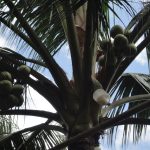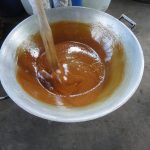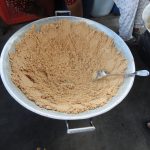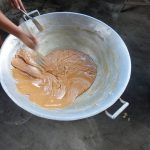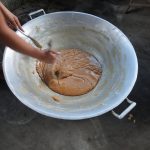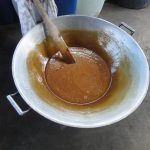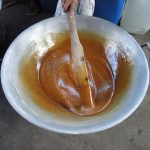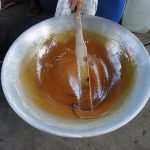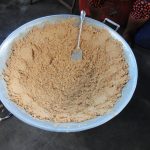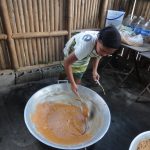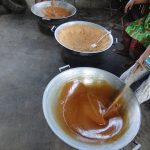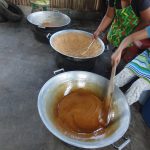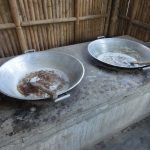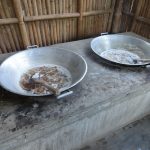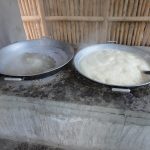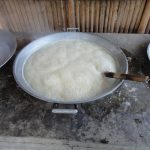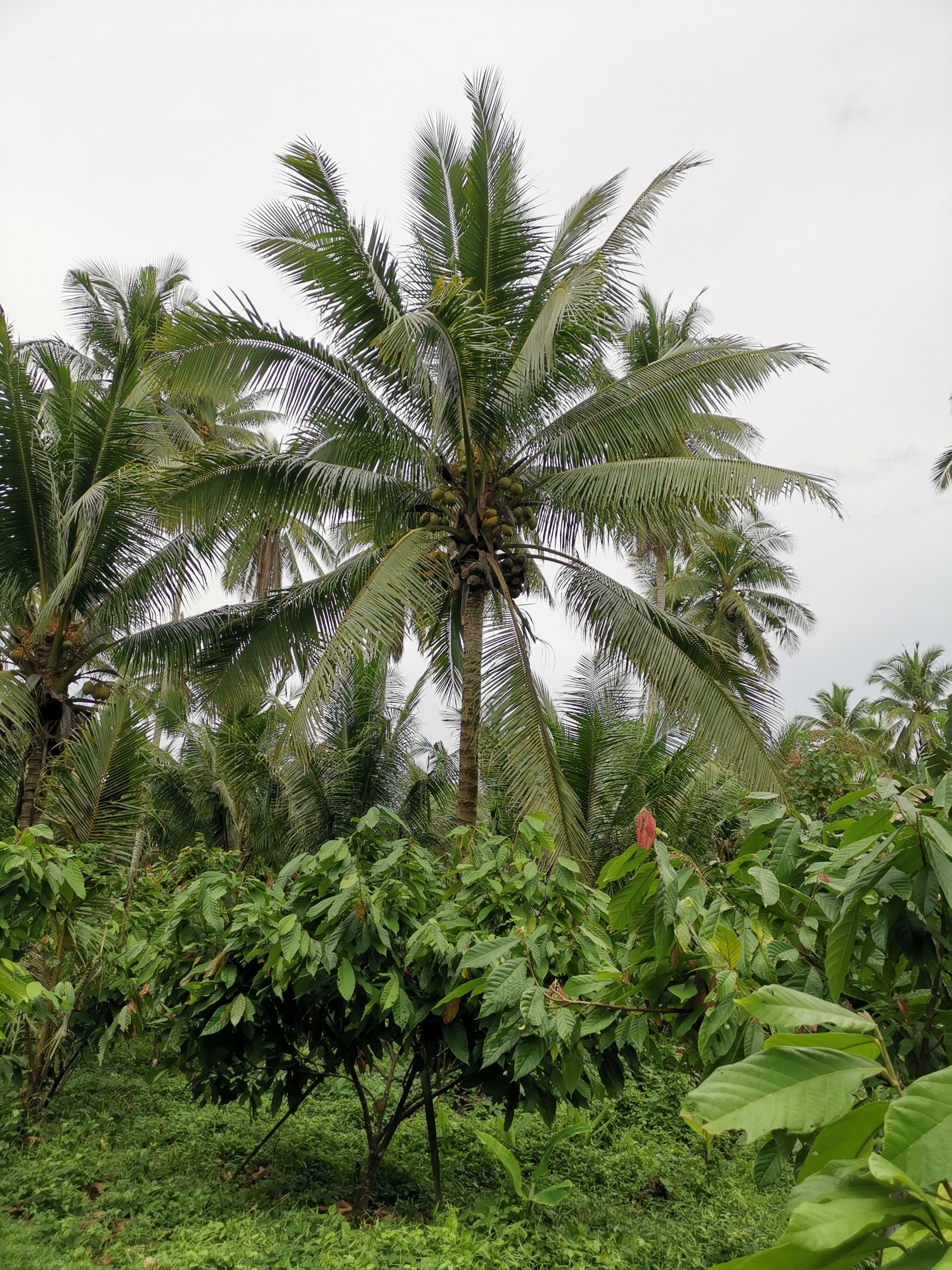Crown CocoSugar
Coconut sugar is not produced from coconuts. It is a product of the coconut tree, or more specifically the sap obtained from coconut tree’s flower buds. It is sometimes called coco sap sugar or coconut palm sugar. The blossoms are cut and the nectar is collected into bamboo containers.
The resulting nectar is about 80% water and is heated to evaporate the liquid. The remaining solid is granulated. The granules are brownish and larger than those you would find in standard table sugar. The taste is very similar to regular brown sugar.
Chemically speaking, 70% of coconut sugar is identical to table sugar. It is a disaccharide called sucrose, made up of 2 monosaccharides: glucose and fructose. The rest of coconut sugar is composed of the individual molecules of fructose and glucose, as well as trace minerals.
From a caloric perspective, coconut sugar is identical to table sugar, 4 calories per gram. But despite being so similar, the glycemic index of coconut sugar (36) is substantially lower than that of table sugar (60). Glycemic index (GI) is a measure of how a food affects blood glucose after being consumed. The higher the GI, the more of a spike you will experience in your blood glucose. These spikes are not good.
The lower GI of coconut sugar has made it popular is the diabetes circles. The American Diabetes Association says it is OK for people with diabetes to consume coconut sugar, but not to treat it any differently than regular sugar.



